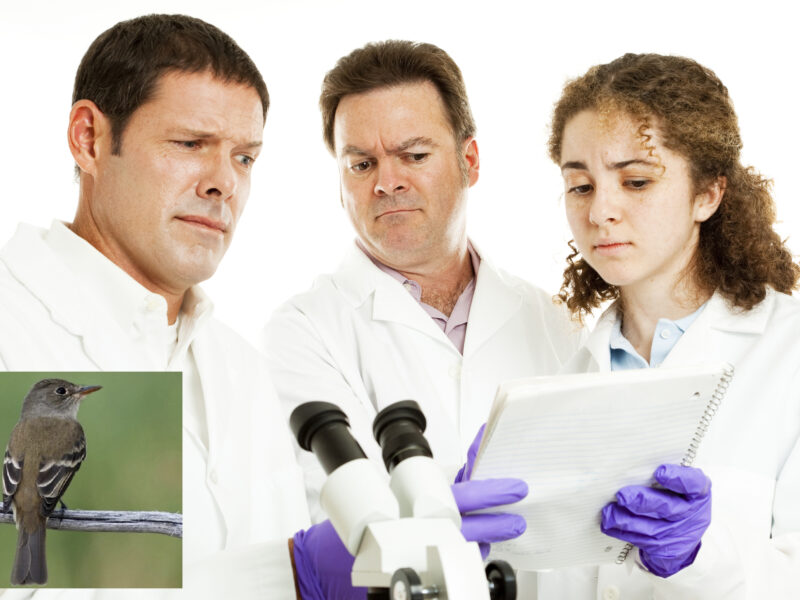


VICTORIA – Leading bird scientists worldwide have released a joint statement out of the International Ornithological Society confirming a long-standing weakness in their field of study: none of them quite understand how birds have sex.
“We know an extensive amount about the biology and behaviours of birds of all species. In fact, I would even venture to say we know pretty much all there is about that particular class of animals,” stated Dr. Richard Gundvale, President of the Society, “but for the life of us, we just can’t wrap our noodles around how they do the nasty.”
The Society is quick to point out that it is not as if they haven’t bothered to try and figure out the answer. Theories over the decades have included the possibility that the boy bird sprays something onto the eggs, that they poke their beaks into some hole that the scientists still haven’t discovered, or that they rub their feathers against each other until “something happens”. Ultimately, each theory failed when scientists just couldn’t find the penis on any of the birds being examined.
“You tell me where the naughty parts are on those things! It’s impossible!” screamed Dr. Gundvale to assembled reporters, “And then sometimes the eggs hatch into birds and sometimes they don’t and you can eat them?”
“It’s just bonkers is what it is!” he shouted.
Embarrassed by not knowing what should be the first thing an animal researcher figures out, this gap has remained one of the discipline’s best kept secrets for centuries. Fortunately, the smart, black glasses and fancy lab coats on the scientists, led members of the public to assume researchers probably had it all figured out. As time passed, the lie just became too big to admit.
“The ruse completely unravelled when Professor Shelly Bambridge at the University of Sydney was asked a routine question about Kiwi mating habits at the Annual Forum on the Conservation of Threatened Species,” admitted Dr. Gundvale, “her panicked weeping and televised breakdown made us realize the jig was up.”
Despite the admission, the Society has committed itself anew to determining the answer to the question. The biggest obstacle to date has been that the nests where the scientists suspect it is happening are just way up in the air and available funding did not allow sufficiently tall ladders. As a workaround, biologists out of a field lab set up in Kenya suggest that they will be exploring whether ostriches do it by running into each other real fast. They also plan to liaise with US doctors to see if that’s what they do when they fly south every year.
Dr. Gundvale remarked, “It’s actually kind of ironic that it’s called the ‘birds and the bees’. We have no idea how the birds do it. And the bees? Forget about it!”


